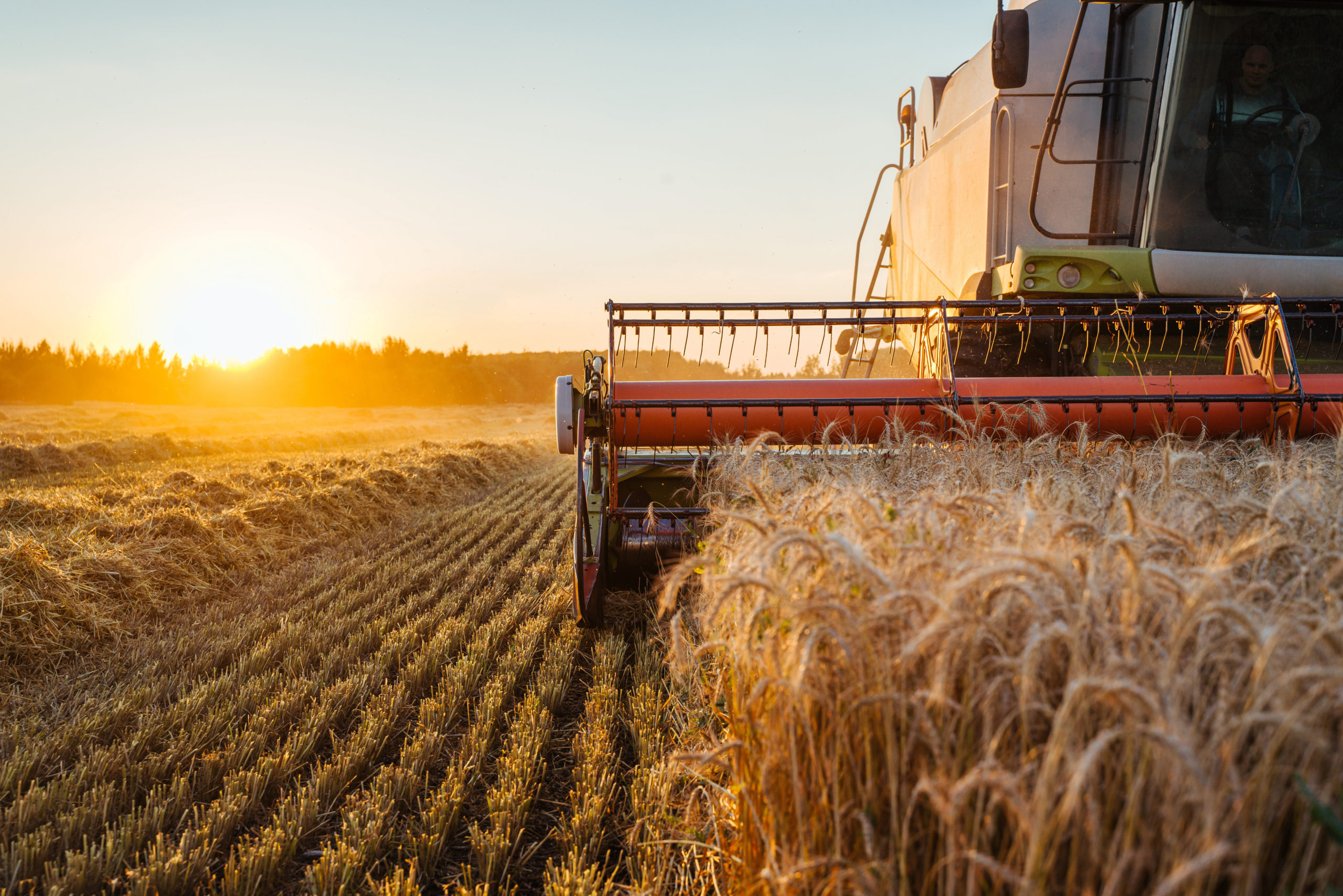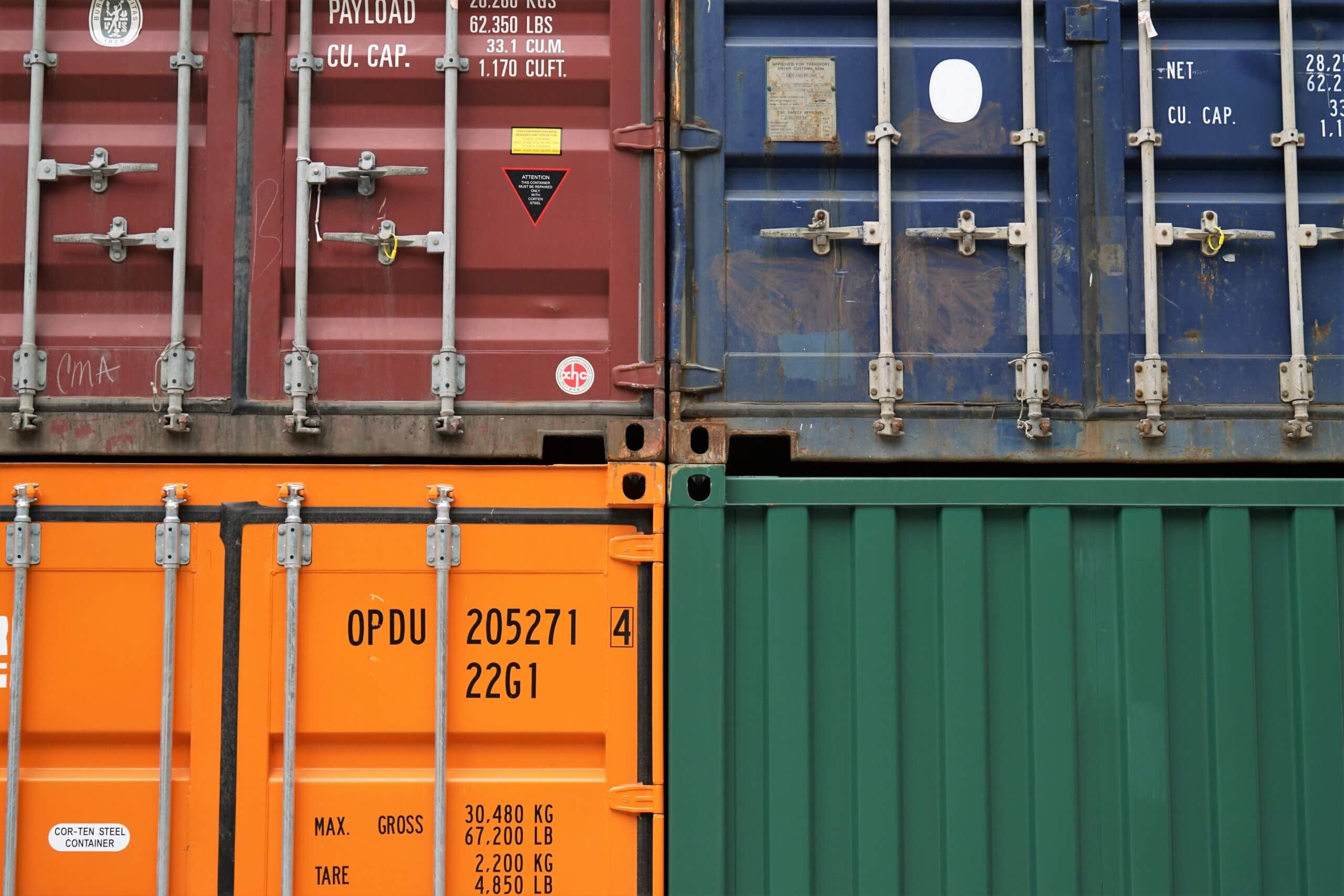The Power of Transparency in the Global Food Supply Chain
The internet has allowed buyers to access and contact a never-ending list of suppliers for every commodity and ingredient known to man. With this increase in access, transparency has become increasingly important in the global food supply chain.
Transparency is built on the ability of stakeholders to access information about the origin, production methods, and distribution of food products. It is essential to ensure the safety and quality of food products while reducing risk and improving efficiency.
The global food supply chain is a complex system that involves many parties with, each with their own priorities. It begins with the production of raw commodities, which are then cleaned, processed, and packaged into finished ingredients, which become part of the formulas that create the food products we feed our families. These products are distributed to retailers, restaurants, and other end-users.
Along the way, numerous steps and processes must be managed, including certification, transportation, import documentation, storage, and quality control. All of these steps must be managed openly and honestly to ensure the food products’ safety and quality.
The Complexities of Achieving Transparency in the Global Food Supply Chain
The global food supply chain is complex, and transparency is essential for it to function correctly. Unfortunately, several challenges make transparency difficult to achieve. A lack of visibility is one of the biggest issues. For food specifically, it is difficult to know what is happening in the supply chain due to the sheer size and complexity of the system. The commodities that our food comes from are grown worldwide in different soils and ever-changing weather conditions. They are then processed in manufacturing facilities that span the globe, each using their unique methods. Before the ingredients even cross over to the convoluted world of logistics, they’ve been grown, harvested, transported, cleaned, processed, and packaged. This makes it difficult to identify potential problems and take corrective action. Tradelink is your boots on the ground to manage these details and mitigate your risk.
Unclear regulations are another challenge. Different countries have different regulations, and these can be difficult to navigate. This makes it difficult to ensure that all supply chain participants follow the same standards. Our deep understanding of QA regulations and international auditing bodies allows us to openly and provide all of the information you need.
Finally, poor traceability is a major issue. It is difficult to track the origin of food products, making it difficult to ensure they are safe and of high quality. If buyers are to go out on their own and purchase international ingredients, they can hardly be expected to travel to and audit farms and facilities on the other side of the planet; this is a massive ask for most procurement professionals. A supply chain with a lack of traceability can lead to food safety issues and other problems.
Our global network of supply professionals has already been to the countries you need to purchase out of the stay competitive. In most cases we’ve already visited farmers and purchased ingredients from the suppliers. These challenges make achieving transparency in the global food supply chain difficult, but some strategies can be used to improve the situation.
The Power of Transparency: How It Can Improve the Global Food Supply Chain
Transparency in the global food supply chain is essential for ensuring the safety and quality of food products. With increased visibility into the production process, international suppliers are held to a higher standard and must improve their operations to compete. To stay relevant, farmers and manufacturers worldwide must improve in various areas, including quality control, operational efficiency, employee treatment, risk identification and mitigation. Buyers benefit by making informed decisions about the ingredients they purchase and the suppliers they work with. Improved quality control is one of the most important benefits of transparency in the global food supply chain.
With increased visibility, buyers can ensure that their ingredients are sourced from reliable suppliers and meet the necessary standards. This can help to reduce the risk of contamination and other food safety issues. Buyers can also use transparency to ensure that their ingredients are ethically sourced and produced sustainably. This not only gives buyers the confidence that their ingredients will meet their company’s requirements, it makes the world a better place for all of us. Increased efficiency is another key benefit of transparency in the global food supply chain. With increased visibility, buyers can better identify and deal with issues causing delays or disruptions in the supply chain.
When working with Tradelink, they know where the commodity was grown, the locations of its manufacture and the details of the facility. Finally, transparency in the global food supply chain can help to reduce risk. By having visibility into the production process, buyers can identify any potential risks and take steps to mitigate them. This can help to reduce the risk of contamination, food safety issues, and other potential problems. Additionally, transparency can help reduce the risk of fraud and other unethical practices. In conclusion, transparency in the global food supply chain can provide several benefits, including improved quality control, increased efficiency, and reduced risk. B2B ingredient buyers should take steps to build transparent buying processes, and Tradelink specializes in doing just that.
The Benefits of Enhancing Transparency in the Global Food Supply Chain: A Look at Regulations, and Traceability Systems
Certified Organic: Certified Organic continues to grow in popularity and availability. Nearly every product on grocery store shelves is now available in Organic form. Champions of Organic food production have had a major impact on the creation of the Organic regulations in place today. Certified Organic starts at the farm. In North America, farmers who wish to transition to Organic must complete 3 full years of farming without using synthetic inputs. They must keep detailed records of their farming activities and undergo yearly audits of their operation and their records. Their commodities are then regularly tested at mills and food production facilities for traces of pesticides, herbicides and fertilizers.
This is a great example of how a requirement of transparency has resulted in a supply chain with clear regulations and dependable supply. International Organic regulations are more complex to navigate. Tradelink is happy to open up the International Certified Organic supply chain to our customers. We can get you to the farm and facilities where your ingredients originate worldwide.
Non-GMO: Genetically Modified Organisms (GMOs) have been controversial for many years. Buyers and consumers who want to avoid GMOs can do so confidently. One reason GMOs are simple to avoid is regulation. Several countries have completely banned their use. These include every country within the EU, Australia and Japan. Although GMOs are allowed in the United States, there is a short list of commodities for which GMO seeds can be used. Outside of corn, soybeans, canola and sugar beets, GMOs are outlawed. Another reason that transparency can be provided in the non-GMO market is because of the simple and effective nature of testing. Polymerase testing can immediately notify ingredient and finished food manufacturers if GMOs are present in foods in an efficient and low-cost manner. Non-GMO supply is a market with strong transparency and solid international regulation.
Gluten-Free: Gluten-free is a term used to describe food products that do not contain any gluten-containing ingredients. Gluten-free products are designed to be safe for people with celiac disease, gluten sensitivity, or other gluten-related disorders. Gluten-free products offer a variety of benefits, including improved digestion, increased energy levels, and improved overall health. For people with celiac disease, gluten-free products can help reduce the risk of serious health complications.
The international supply of gluten-free ingredients remains a moving target. There does not exist a single way to manufacture gluten-free ingredients. Each manufacturer uses their own unique strategy to prevent gluten-containing grains from ending up in their ingredients. Some start at the farm, while others use proprietary cleaning techniques to remove impurities. There are also varying regulations around what parts-per-million gluten is acceptable in various countries, and both quantitative and qualitative testing methods are used to determine its concentration. Tradelink is experienced in the process of identifying and validating gluten-free suppliers. We visit facilities in person, undertake our own tests and have even trained lab personnel at manufacturing locations on the details of testing protocols to ensure our customers are protected.



